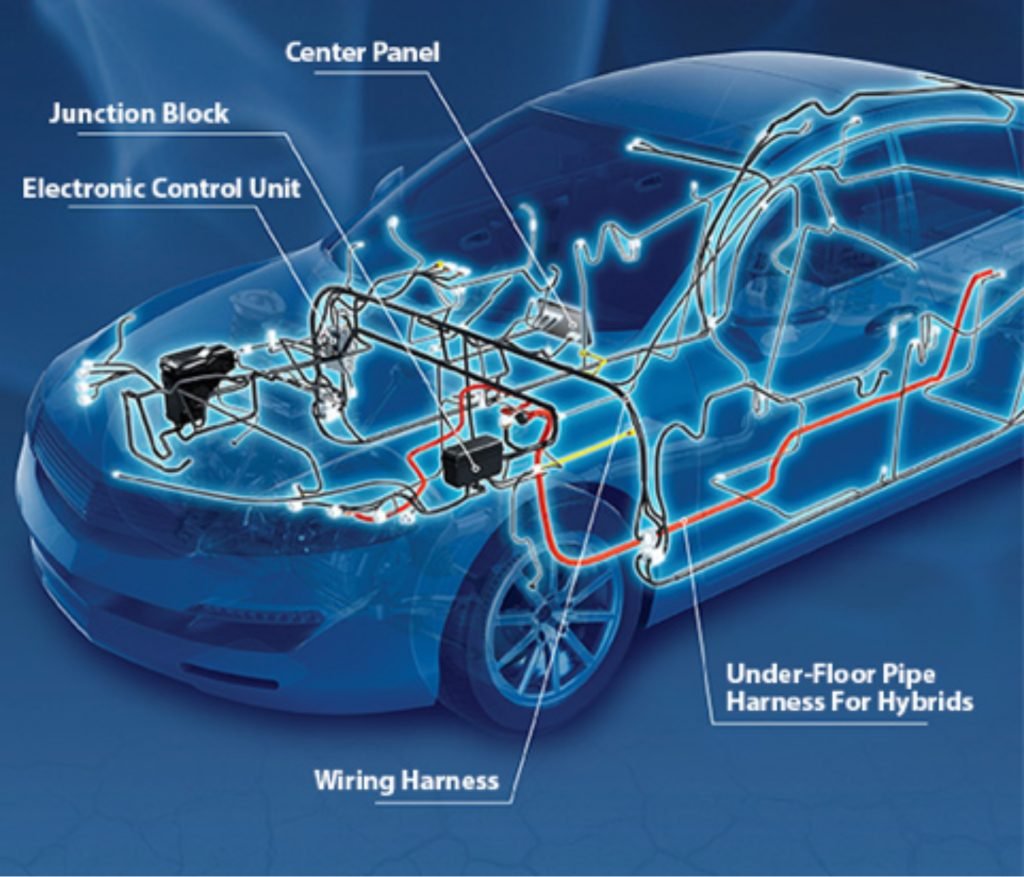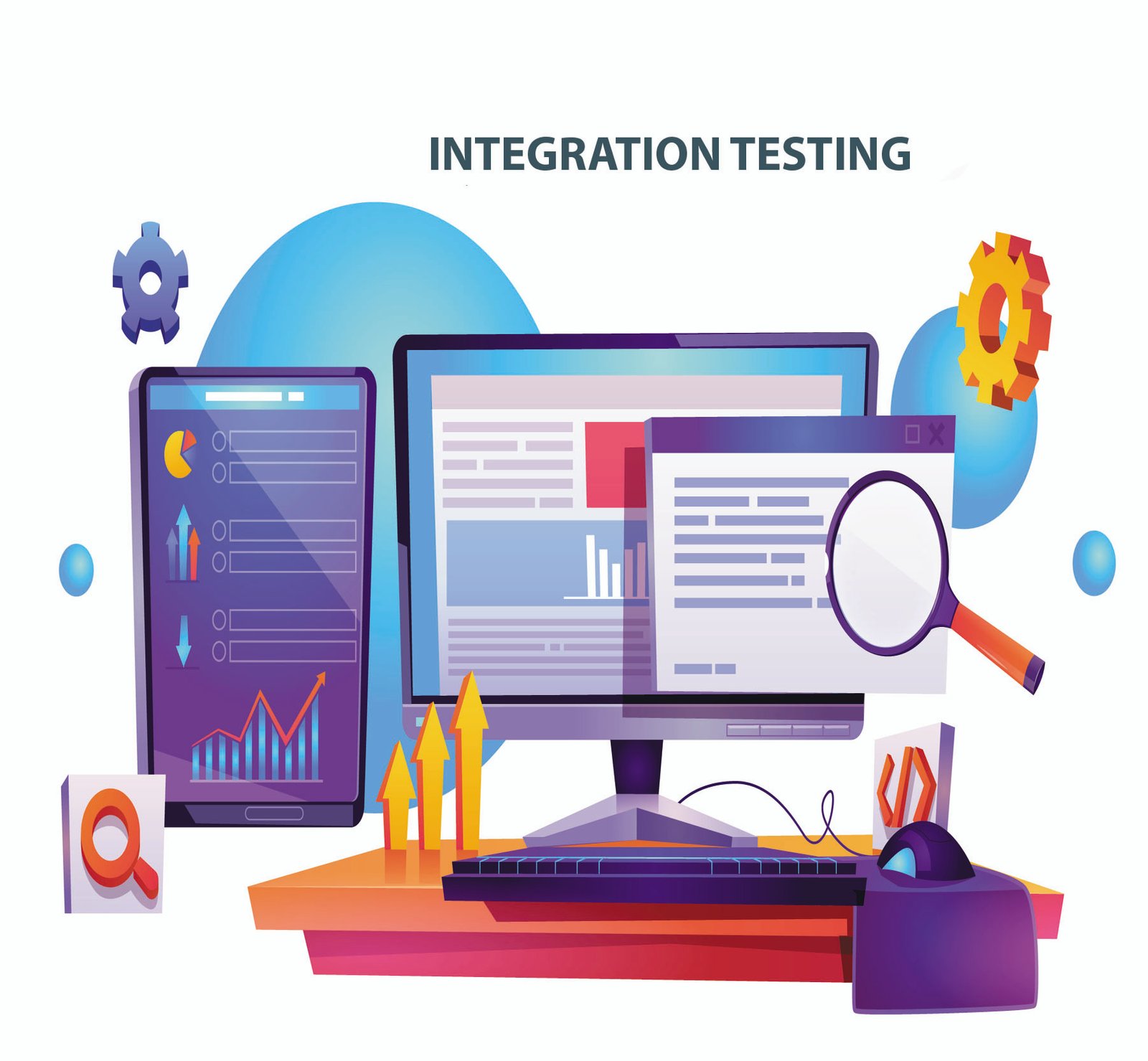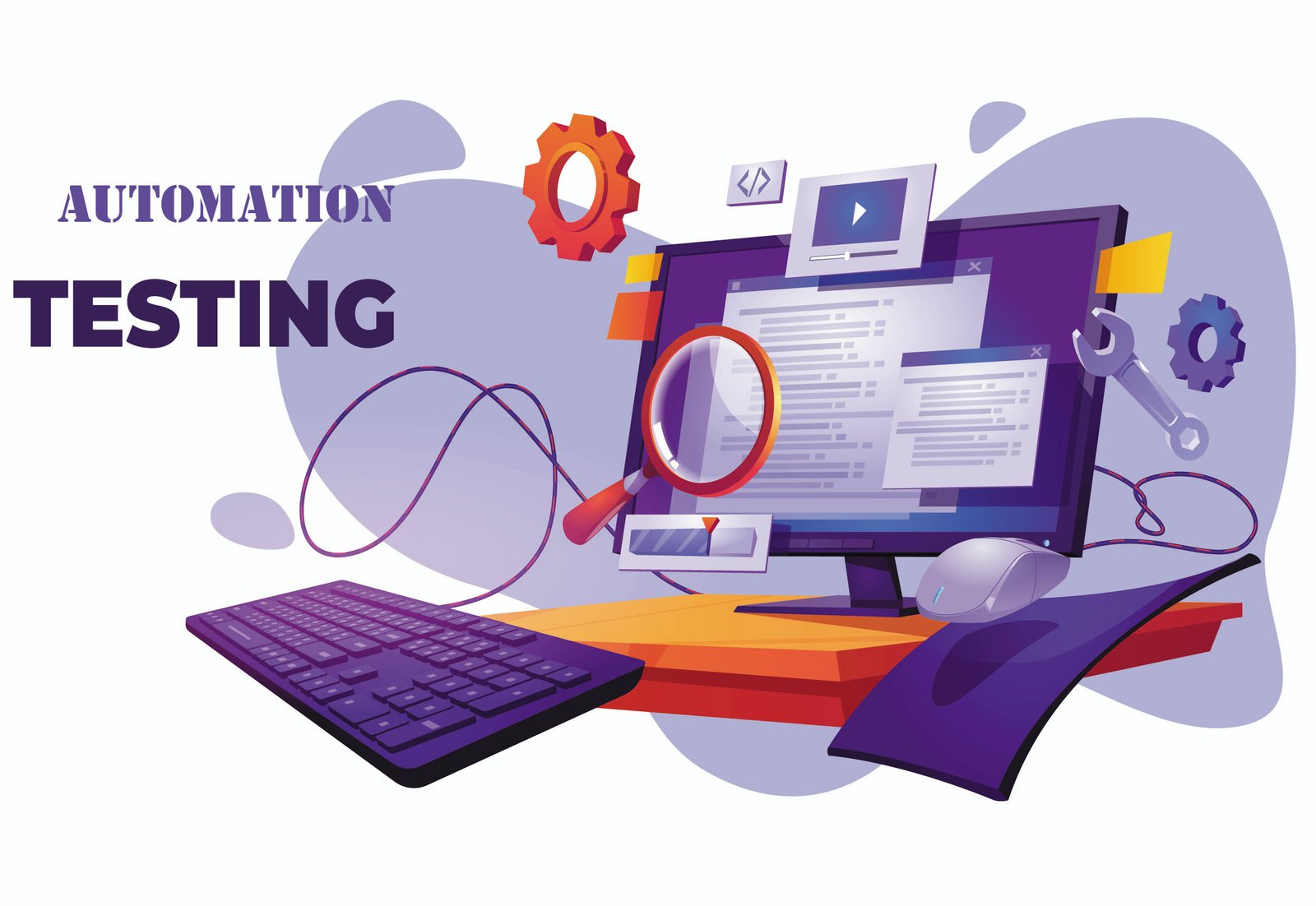Embedded systems
The increasing complexity of, and regulations surrounding, embedded controllers within the aerospace, automotive and power system industries pose new challenges for manufacturers and suppliers seeking to decrease production costs and time-to-market for new products or optimizing certification processes.
Our engineering team delivers a test bench specifically designed for customers' needs, all while maintaining accurate cost control. Each test bench undergoes a Preliminary Design Review (PDR), Critical Design Review (CDR) and Factory Acceptance Test (FAT), and to ensure no surprises on delivery.

- Conception et Développement de Cartes Électroniques :
Nous excellons dans la conception et le développement de cartes électroniques sur mesure, intégrant des microcontrôleurs et microprocesseurs puissants pour répondre aux besoins spécifiques de votre application.
- Systèmes Embarqués sur Mesure :
Notre équipe expérimentée conçoit des systèmes embarqués personnalisés, allant des solutions simples basées sur des microcontrôleurs aux architectures plus complexes utilisant des processeurs multicœurs.
- Développement de Firmware et Logiciel Embarqué :
Nous assurons le développement complet du firmware et du logiciel embarqué, optimisés pour garantir des performances optimales, une faible consommation d’énergie et une fiabilité exceptionnelle.
- Intégration de Capteurs et d’Actionneurs :
Avec une expertise approfondie, nous intégrons divers capteurs et actionneurs pour permettre une interaction intelligente et réactive dans vos systèmes embarqués.
- Solutions Énergétiques Intégrées :
Nous étendons notre expertise à la conception de solutions embarquées dans le domaine énergétique, couvrant la gestion intelligente de l’énergie, le contrôle des systèmes d’alimentation, et les applications liées aux énergies renouvelables.
Nos Compétences Clés :
- Automobile :
Nous sommes compétents dans le développement de solutions embarquées pour l’industrie automobile, mettant l’accent sur la conception et la mise en place de systèmes de tests avancés pour les composants des véhicules. Que ce soit pour évaluer la performance des systèmes électroniques, la fiabilité des composants mécaniques ou la sécurité des fonctionnalités, nos solutions de tests sont conçues pour garantir le bon fonctionnement et la qualité des composants automobiles.
- Médical :
Notre engagement envers la qualité se reflète dans nos solutions pour le secteur médical, allant des dispositifs de diagnostic aux équipements de surveillance avancés.
- Industrie et Automatisation :
Nous proposons des systèmes embarqués pour l’automatisation industrielle, couvrant les contrôleurs de processus, les systèmes de vision, et les solutions de contrôle robotique.
- Énergie :
Nous élargissons notre expertise à la conception de solutions embarquées dans le domaine de l’énergie, englobant la gestion intelligente de l’énergie, le contrôle des systèmes d’alimentation, et les applications liées aux énergies renouvelables.
Testing solutions
Hardware in Loop
Hardware-in-the-Loop (HIL) simulation is the standard for developing and testing the most complex control, protection and monitoring systems.
HIL’s rise is the result of two major factors currently affecting product development across all industries: time-to-market and system complexity.
Testing of control systems has traditionally been carried out directly on physical equipment in the field, on the full system or on a power testbed in a lab. While offering testing fidelity, this practice can be very expensive, inefficient and potentially unsafe.

HIL testing offers an excellent alternative to traditional testing methods. When performing HIL simulation, the physical plant is replaced by a precisely equivalent computer model, running in real-time on a simulator appropriately equipped with inputs and outputs (I/Os) capable of interfacing with control systems and other equipment. In this way, the HIL simulator can accurately reproduce the plant and its dynamics, associated to sensors and actuators, provide comprehensive closed-loop testing without the need for testing on real systems.
Lors de la simulation HIL, l’usine physique est remplacée par un modèle informatique exactement équivalent, fonctionnant en temps réel sur un simulateur équipé de manière appropriée d’entrées et de sorties (E/S) capables de s’interfacer avec des systèmes de contrôle et d’autres équipements. La simulation HIL se veut aujourd’hui un standard pour nombreuses industries mondiales.

Wire Harness
As one of our main production lines, we deliver special harnesses tailored to our clients requirements including, product development, test and prototype construction and cable harnesses for very specific tasks, such as HV cable harnesses, in very small quantities or small serial production.
Whatever you want to connect, our cable harnesses provide a stable and safe connection between your product and a plant or application. They are strong-contacting, permanent and resistant against various environmental influences.
All parts we manufacture will be checked and tested before they are released from production.
End-of-line (EoL) Test Bench
End-of-line (EoL) testers are responsible for testing the overall functionality of the product during the manufacturing process. Under the harsh conditions of the manufacturing environment, test systems must simulate all the relevant conditions, whilst at the same measuring the responses of the equipment being tested. In series production, a high testing throughput rate is crucial. For this reason, the test procedures developed in prototype testing are optimised in order to achieve a short cycle time. A stable electromechanical design is every bit as important here as high-performance hardware and software architecture.

Endurance test
After completion of the development phase for new equipment, the products are subjected to an endurance test. In this test procedure, all load parameters are run down thermally, physically and electrically. It differs from the run-in test, in that weak points in the component are already identified in advance. The boundaries of the devices being tested can be checked using electrical loads. At the same time, these load tests are conducted in climatic chambers in order to introduce additional thermal influences. During these procedures, the test system constantly monitors all the conditions of the equipment being tested. These complete records show the limit values in all test phases and can reveal conclusions about the performance of the equipment being tested.


Unit Testing
- Define units or components that need to be covered.
- Verify the traceability toward specific requirements.
- Select and employ methodologies for test cases development and test data derived from detailed design and non-functional requirements.
- Define test environments et methodologies.
- Outline rate of coverage and defects raised at release phase.
- Define testing I/O criteria.
- Supply detailed test reports.
- Create defects management process.
Regression testing
(CI/CT) Continuous testing/ Continuous integration
Integration testing
- Integration strategy
- Regresion strategy
- Test cases that covers the software integration specification
- (CI/CT) Continuous testing/ Continuous integration

IT Consulting
Digital transformation is essential today in all sectors of activity in order to ensure optimization of time and cost, especially for the hospital and administration sectors.
![1055 [Converted]](https://raynov.ma/wp-content/uploads/2023/04/1055-Converted.png)
Our development Workshops
Agile Project management
Due to its flexibility and efficiency, we adopt the Agile Project Management method to ensure quality deliveries and carry out customer requests with effective management of contingencies as part of an iterative model.
Full stack development
DevOps
- Continuous Integration
- Continuous testing
- Continuous Delivery
- Continuous Deployment


Our testing factory
Manual testing
- Planning and control
- Analysis and design
- Implementation and execution
- Assessment of exit criteria
- Test reports
- Defect management process
Test automation
Test automation is now an effective way to improve the quality of work, the coverage and the execution time of software tests and therefore a better return on investment.
and thus
- A significant extension of test coverage
- The realization of the NRT(s)
- Significantly reduced test execution time
- Limit or even eliminate dependence on human intervention

